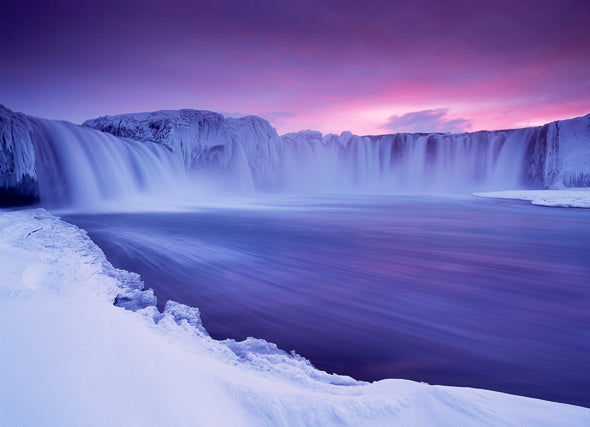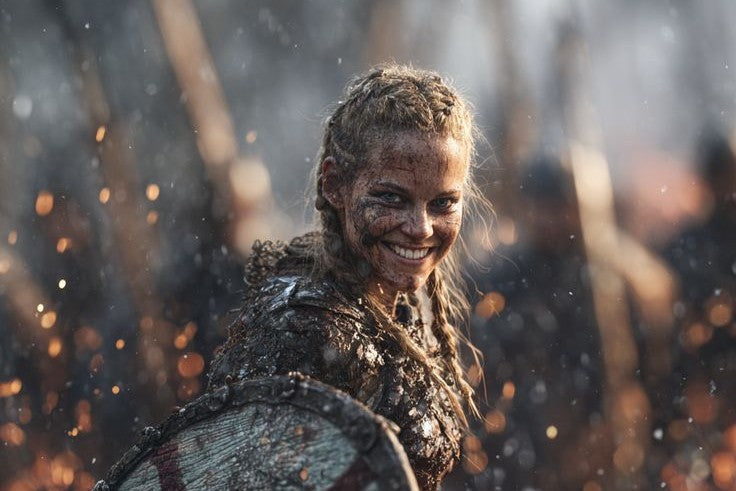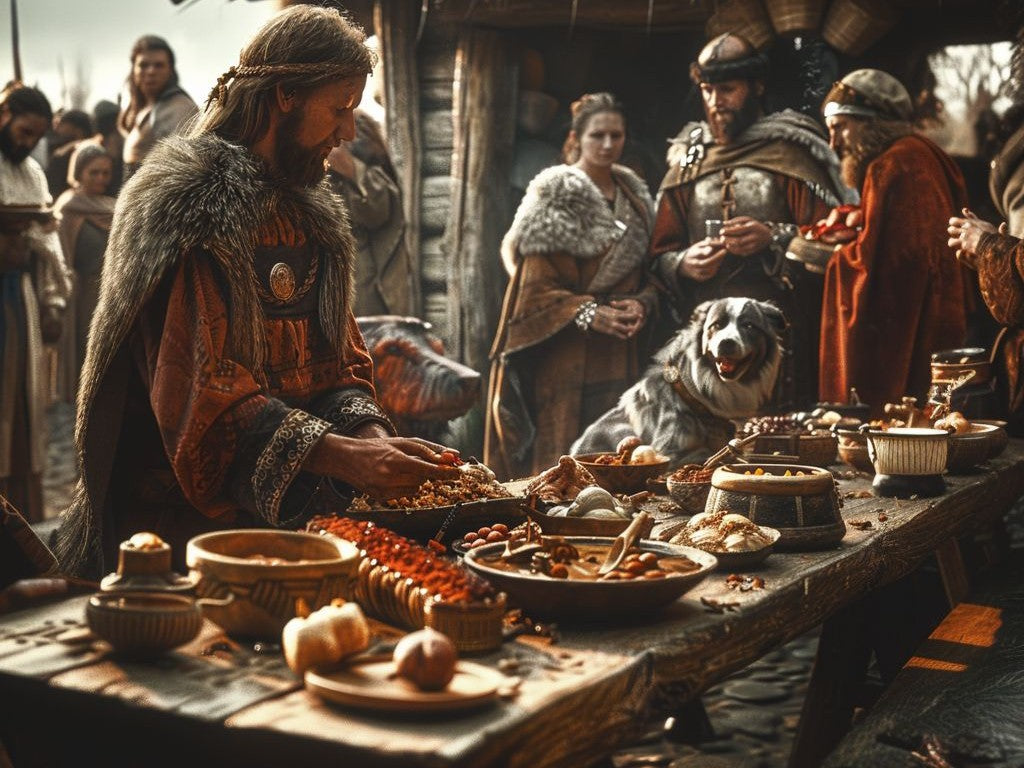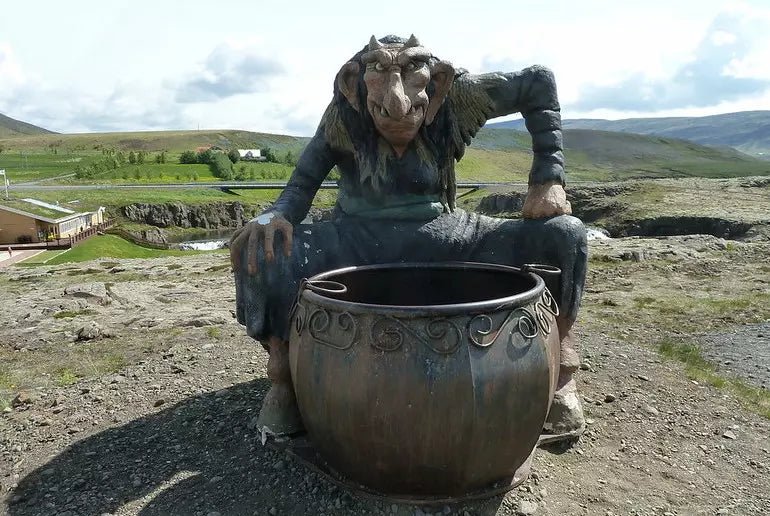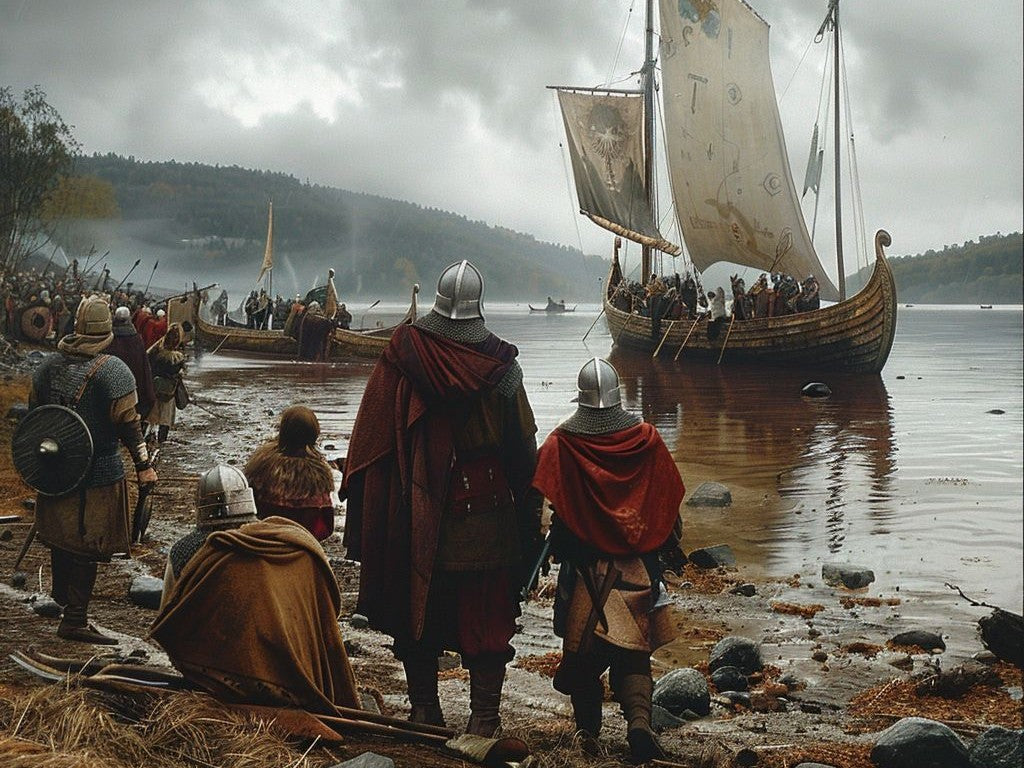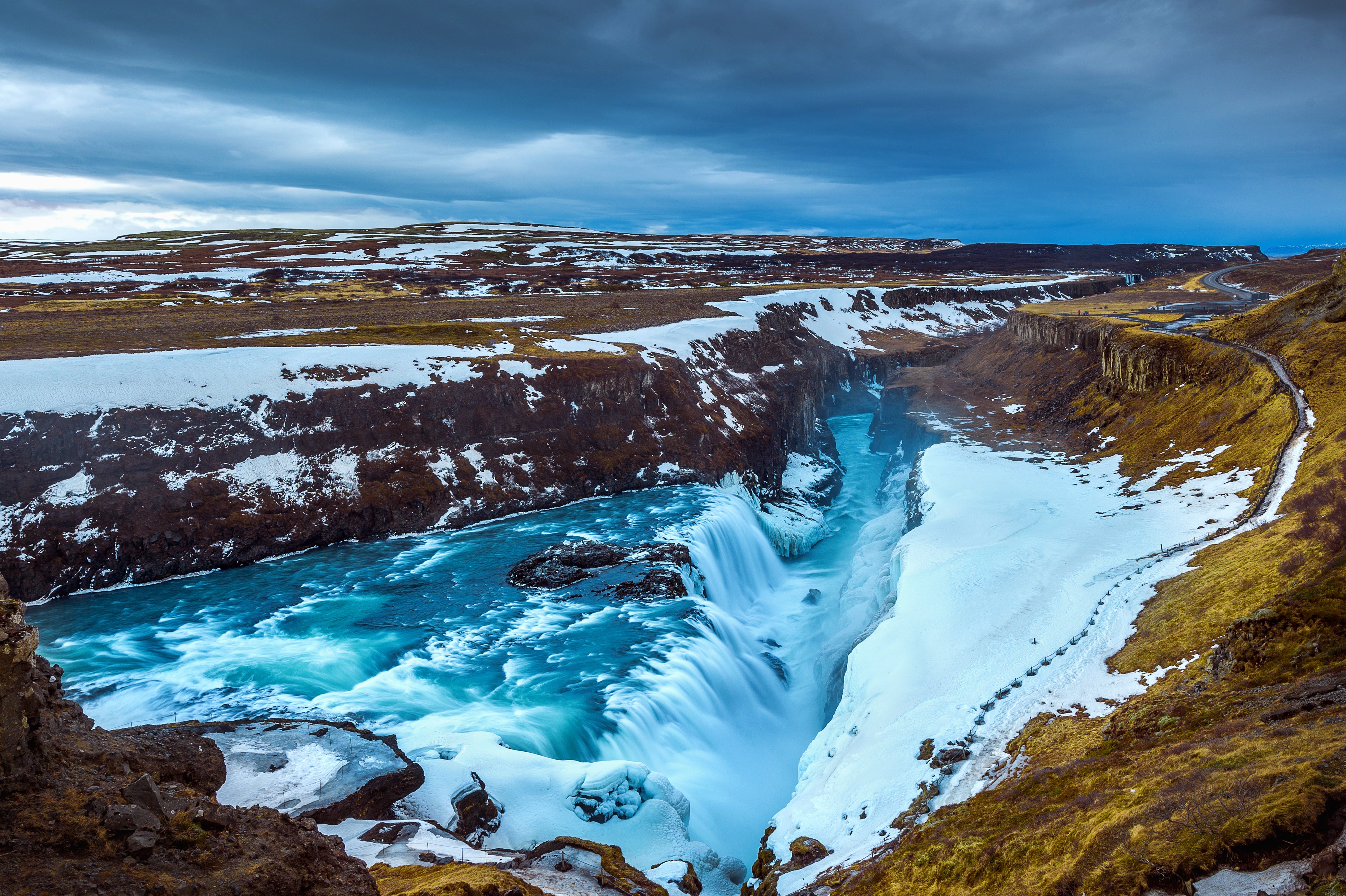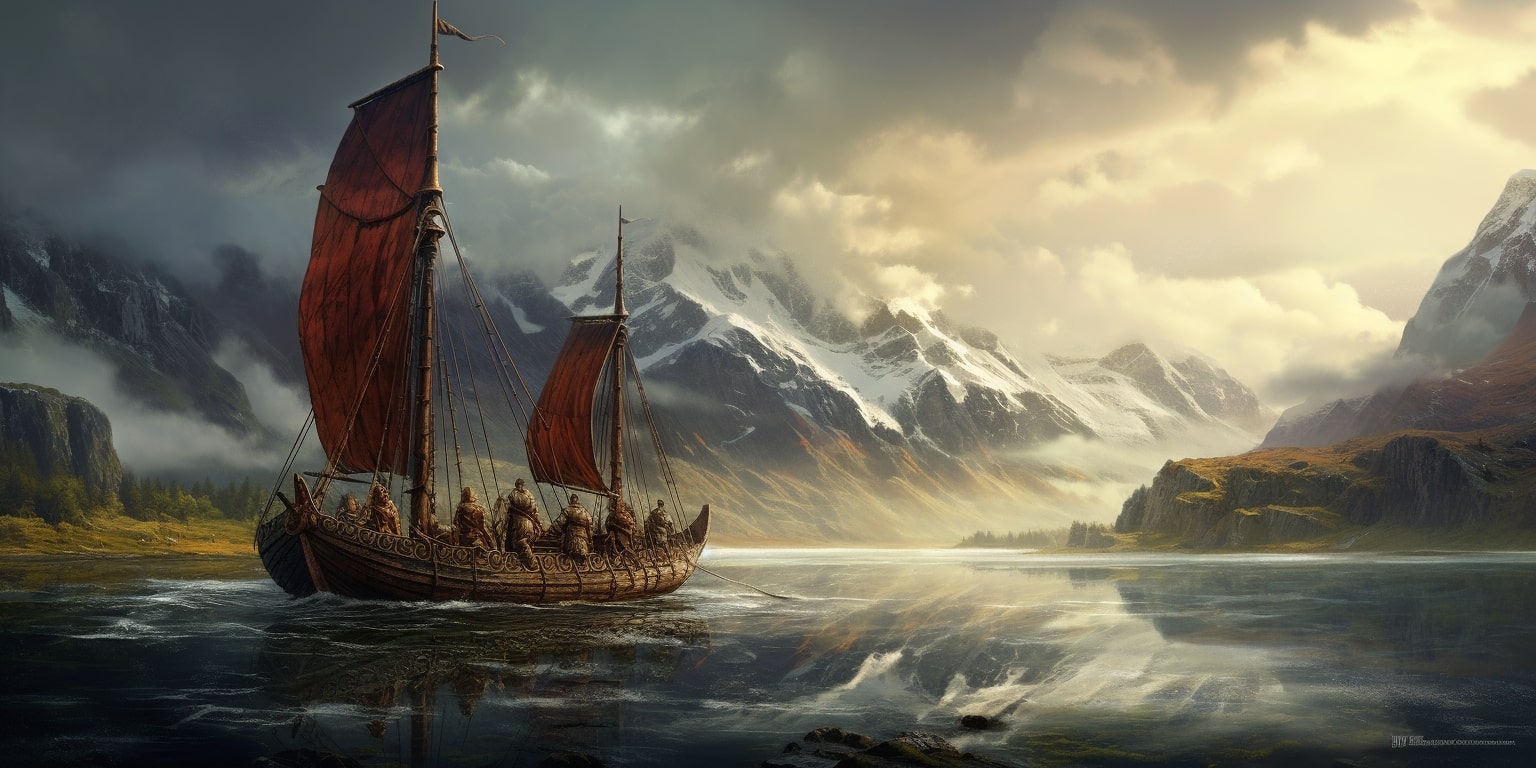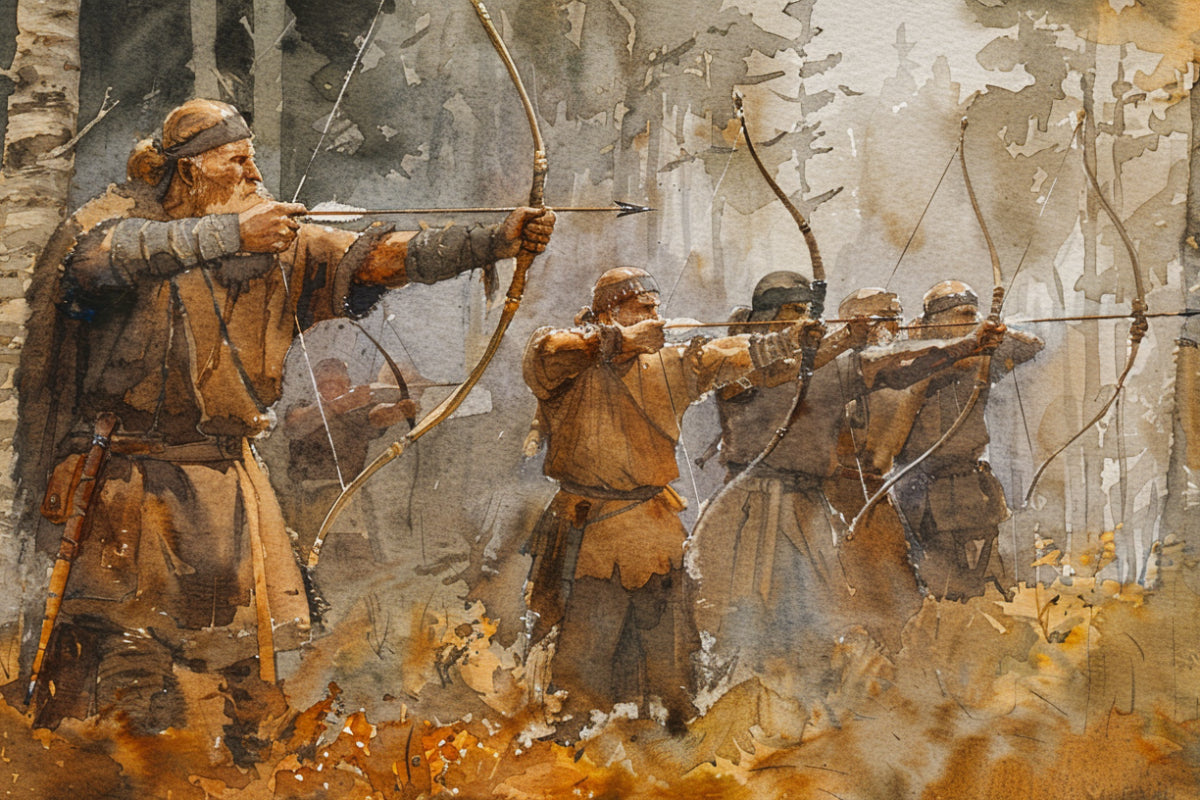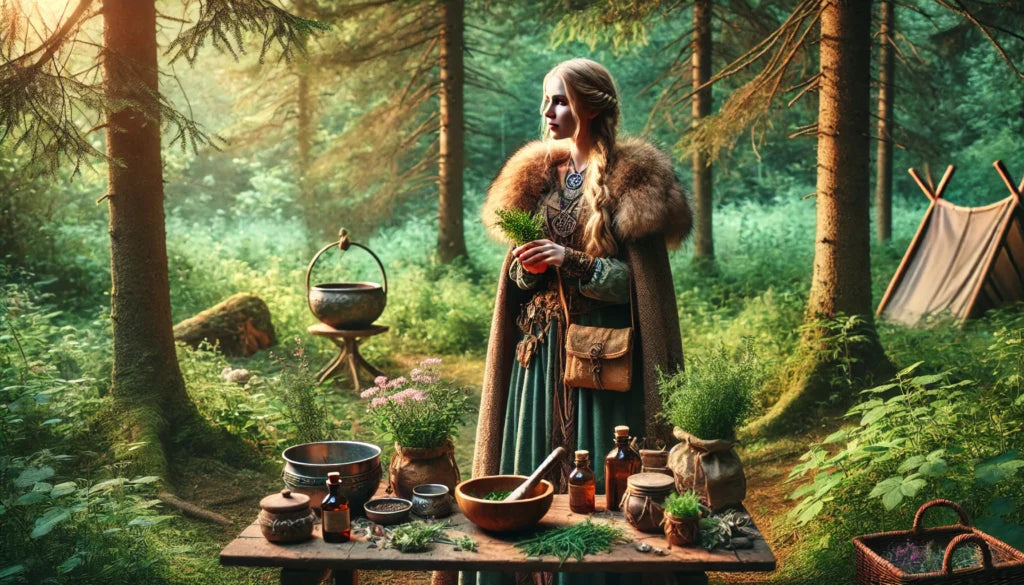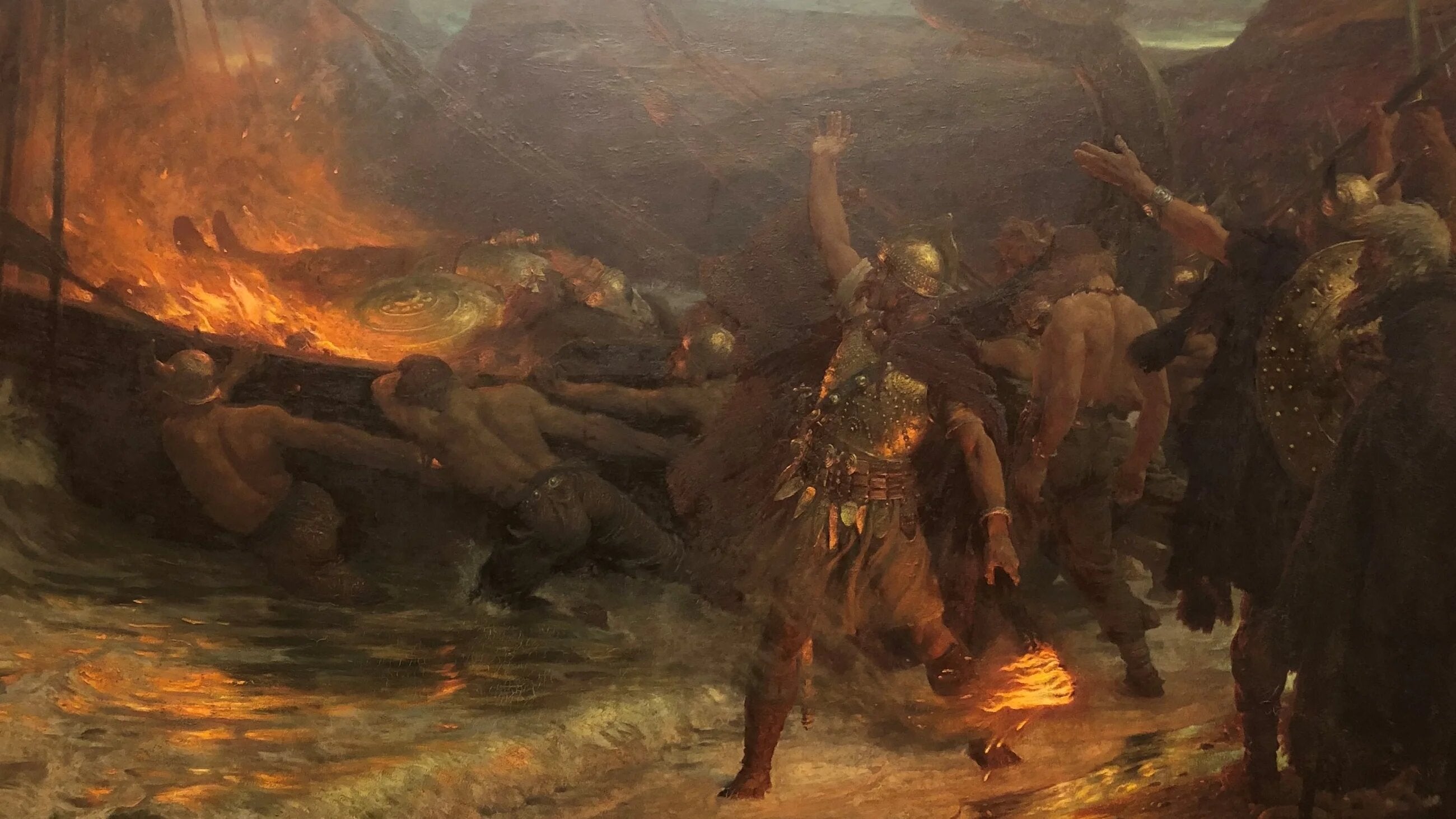
- Aesir
- afterlife
- ancestor
- archeology
- asatro
- asatru
- asgard
- blót
- burial
- Chieftain
- family
- Helheim
- history
- Jarl
- living dead
- norse
- Norse legends
- Norse Mythology
- pagan
- paganism
- slave
- temple
- undead
- Uppsala
- valknut
- viking
- Viking afterlife
- Viking funeral
- Viking myths
Human Sacrifice in the Viking World: Myth or Reality?
Read more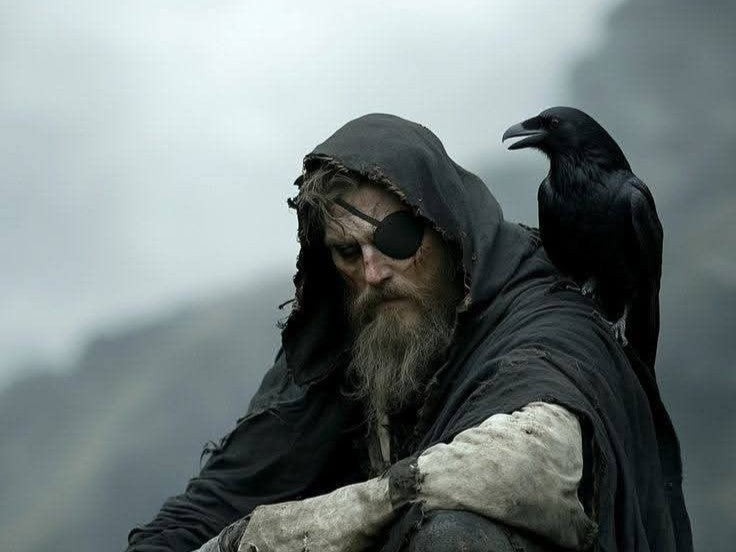
- Aesir
- asatro
- asatru
- asgard
- balder
- Baldr
- Baldur
- Fenrir
- Freya
- Freyja
- honor
- Hugin and Munin
- norse
- norse gods
- Norse legends
- Norse Mythology
- Odin
- Odin horse
- Odin wolves
- Odin's Ravens
- pagan
- paganism
- Ragnarök
- raven
- sleipnir
- valhalla
- Valkyrie
- viking
- Viking afterlife
- Viking myths
- Wyrd
- Ymir
